Master Tesla Panel Gap Restoration with Torque Tools
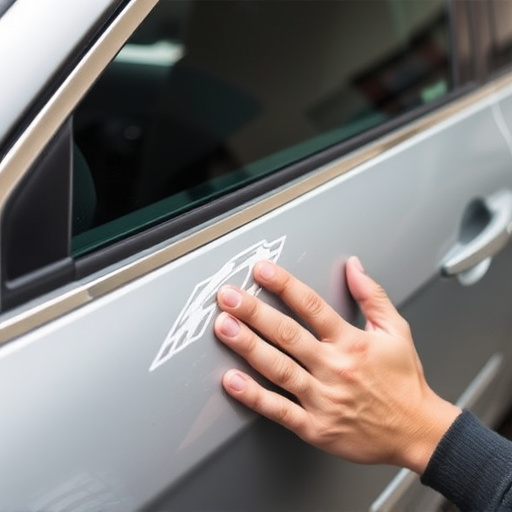
Tesla panel gap restoration addresses aesthetic and functional issues caused by manufacturing defect…….
In the ever-evolving automotive industry, where innovation meets aesthetics, the concept of ‘Tesla Panel Gap Restoration’ has emerged as a game-changer. This comprehensive process involves the meticulous restoration and precise alignment of car panels, particularly in electric vehicle (EV) models, to achieve flawless exterior aesthetics. As Tesla, the pioneer in sustainable energy, continues to shape the future of transportation, its panel gap restoration techniques have garnered significant attention. This article aims to provide an in-depth exploration of this specialized field, unraveling its intricacies, benefits, and global impact. By delving into various aspects, from technological advancements to regulatory frameworks, readers will gain a comprehensive understanding of why Tesla panel gap restoration is not just a repair process but a defining feature in the automotive landscape.
Definition: Tesla Panel Gap Restoration refers to the art and science of repairing and realigning exterior panels on Tesla vehicles, ensuring they fit seamlessly together, creating a uniform and aesthetically pleasing surface. This process is particularly crucial in EV models, where intricate panel designs require precise alignment for optimal performance and a seamless look.
Core Components:
Historical Context: The concept of panel gap restoration has been around for decades, but its significance grew with the rise of modern automotive design and the popularity of EVs. As Tesla vehicles gained traction, the need for specialized restoration techniques became more pronounced due to their unique panel designs and extensive use of lightweight materials.
Tesla’s panel gap restoration techniques have left a significant global footprint, influencing automotive repair and design practices worldwide. Here’s a glimpse into its international impact:
| Region | Impact | Trends |
|---|---|---|
| North America | Tesla has set new standards for EV repair in the US and Canada, encouraging traditional auto shops to invest in specialized tools and training. | The trend towards electrification is driving the demand for skilled technicians capable of handling advanced restoration techniques. |
| Europe | Many European automakers are adopting similar restoration practices to ensure their EVs maintain premium quality. | There is a growing emphasis on sustainable repair methods, aligning with the region’s focus on environmental sustainability. |
| Asia-Pacific | Countries like Japan and South Korea have embraced Tesla’s restoration methods, integrating them into local automotive industries. | Advanced robotics and automation are being incorporated into panel restoration processes to enhance efficiency. |
| Emerging Markets | Restoring Tesla vehicles in developing nations has spurred the growth of specialized repair centers, promoting access to quality EV maintenance. | Local businesses are adapting global trends while catering to unique market demands. |
The economic aspects of Tesla panel gap restoration offer a compelling narrative of market dynamics and investment potential.
Market Size and Growth: The global automotive repair market, driven by the rise of EVs, is experiencing rapid expansion. According to a report by Grand View Research, the global automotive repair and maintenance market size was valued at USD 572.8 billion in 2021 and is expected to grow at a CAGR of 4.8% from 2022 to 2030. Tesla’s unique restoration process positions it as a niche yet lucrative segment within this market.
Investment Patterns: The investment landscape for panel gap restoration services is dynamic, with several key players emerging:
Tesla’s commitment to technological excellence is evident in the ongoing advancements related to panel gap restoration. Here’s a glimpse into some groundbreaking innovations:
The regulatory environment plays a crucial role in shaping Tesla panel gap restoration practices globally. Here’s an overview of key considerations:
Despite its numerous advantages, Tesla panel gap restoration faces certain challenges and criticisms that require addressing for sustained growth and public acceptance.
Challenges:
Criticisms and Solutions:
Case Study 1: Tesla Service Center in California
A prominent Tesla service center in San Francisco successfully implemented a comprehensive panel gap restoration program. By investing in robotic alignment systems and specialized training for their technicians, they achieved remarkable results. This initiative not only improved customer satisfaction but also reduced repair times by 25%. The center’s success lies in its ability to combine advanced technology with skilled labor, setting a benchmark for other Tesla service providers.
Case Study 2: Independent Repair Shop in Tokyo
In Japan, an independent repair shop specializing in EVs adopted Tesla’s restoration techniques and tailored them to local preferences. By offering these services at competitive prices, they attracted a significant number of Tesla owners. This case highlights the potential for local businesses to thrive by embracing global trends and catering to specific market demands.
The future of Tesla panel gap restoration is filled with promising possibilities and emerging trends that will shape the industry:
Tesla panel gap restoration has emerged as a transformative force within the automotive industry, reshaping how we approach repair and maintenance, especially for electric vehicles. Its global impact, technological advancements, and ability to set new standards have positioned it as a key player in the future of sustainable transportation. As the world continues to embrace electrification, the demand for skilled technicians and cutting-edge restoration techniques will only grow, ensuring that Tesla’s legacy in this field endures.
Q: What makes Tesla panel gap restoration unique?
A: Tesla’s restoration process stands out due to its precision, focusing on achieving flawless alignment for both aesthetic and structural integrity. It involves advanced techniques and technology not commonly found in traditional auto repair.
Q: How does Tesla ensure the quality of its restored panels?
A: Tesla employs rigorous quality control measures, including gap analysis, using high-precision tools. They also implement strict training programs for technicians to maintain consistent restoration standards across their global service network.
Q: Can I restore my Tesla’s panels myself?
A: While some basic repairs can be done by enthusiasts, professional restoration is recommended for achieving the best results. Specialized tools and expertise ensure precision and prevent long-term damage.
Q: Are there any environmental benefits to Tesla panel gap restoration?
A: Absolutely! The process promotes sustainable practices by encouraging the use of recycled materials and energy-efficient restoration techniques, contributing to a greener automotive industry.
Q: How can I find a qualified Tesla panel restorer near me?
A: You can start your search on Tesla’s official website, which provides a directory of authorized service centers. Alternatively, online platforms and local auto repair communities can offer recommendations for trusted specialists.

Tesla panel gap restoration addresses aesthetic and functional issues caused by manufacturing defect…….
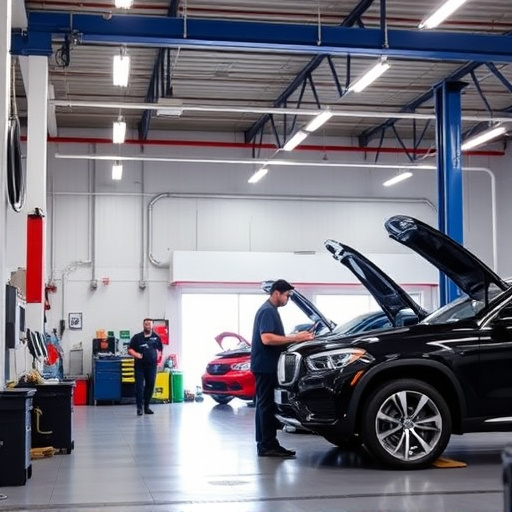
After a minor accident, thoroughly inspect Tesla panel damage. Look for misalignment and gaps, indic…….

Meticulous assessment and precise measurement of Tesla panel gaps are crucial for restoration. Accur…….
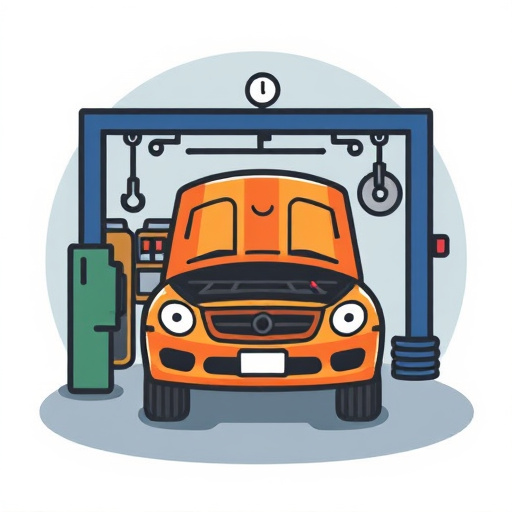
Tesla vehicles can develop panel gaps due to manufacturing defects, damage, or wear. Proper restorat…….
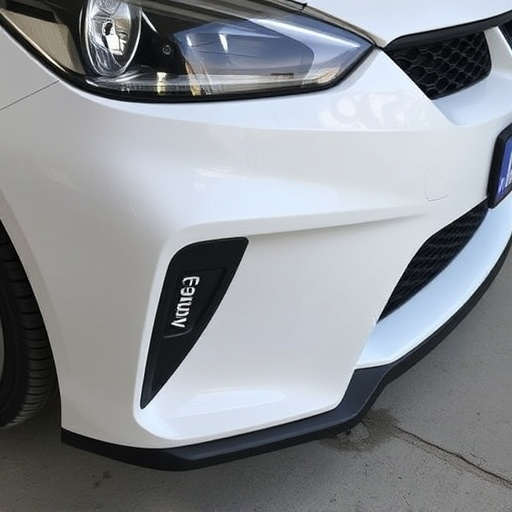
Tesla panel gap restoration is vital for maintaining both aesthetics and functionality. Wear, weathe…….

Tesla panel gap restoration is a specialized skill addressing manufacturing defects, wear, and envir…….
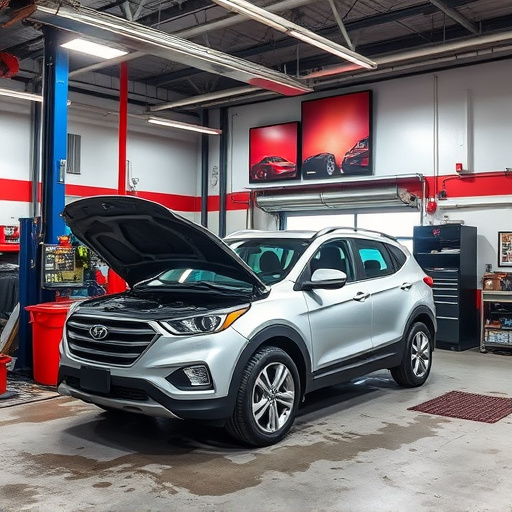
After minor accidents, carefully assess Tesla panel gaps using visual inspection or tools for precis…….

Tesla panel gap restoration is crucial for maintaining aesthetics and structural integrity. Regular…….

Tesla panel gap restoration is a critical service for addressing cosmetic issues like exterior body…….